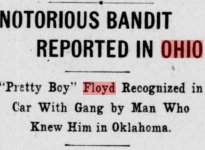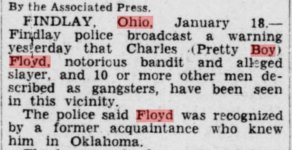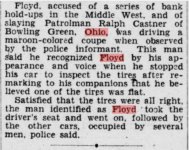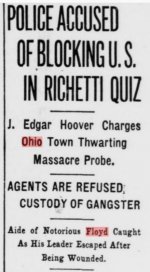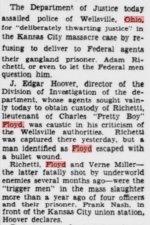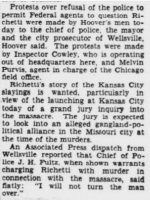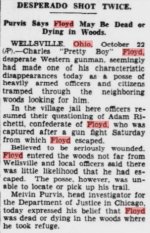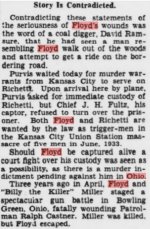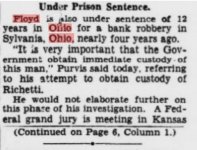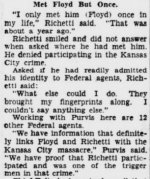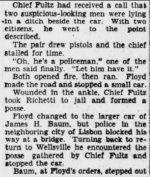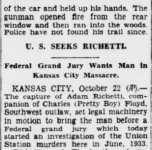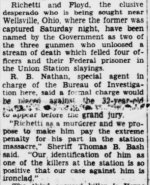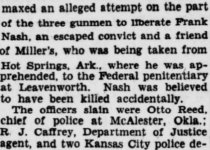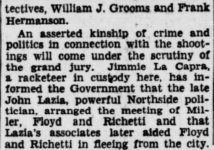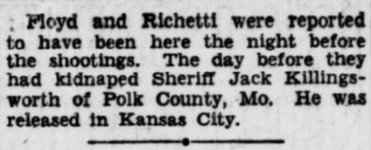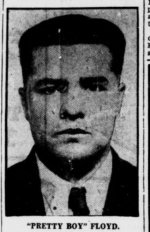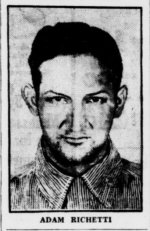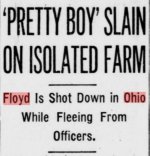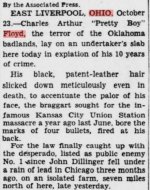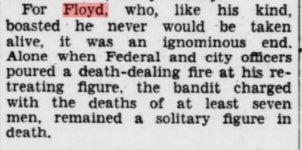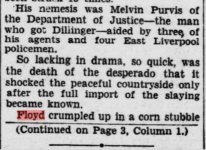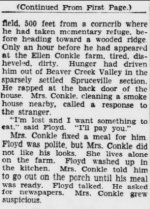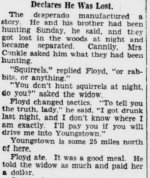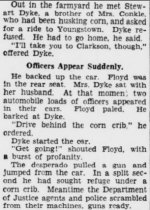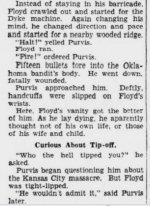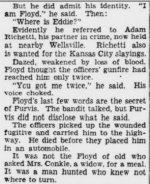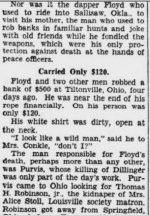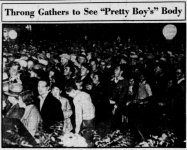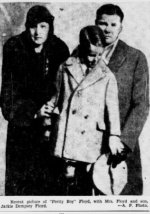starsplitter
Sr. Member
- Jan 20, 2007
- 422
- 27
Greetings:
Okay... here goes the wad. I am hoping someone out there can help. I have tried digging up information myself for close to twenty years - nothing going. As a kid, and still, I was a real local history buff. No kidding here, I'd dig through 19th century newspapers moldering away in the basement of the old Columbiana library at age twelve.
At some point , I read an article, or it may have been a photocopy or reference to an article from the 1930's, relating background on Floyd and his comings and goings from Ohio. If I remember correctly, it gave a story and cited sources for a cache (some of it in gold coins) that he and a buddy hid away on a farm in Columbiana county (I'm not sure on this point, but I think I'm correct). I am betting it was somewhere in the neighborhood of Lisbon/Clarkson/Sprucevale.
All this was prior to Floyd's death at the farm. His buddy was also killed at some juncture, but I seem to remember it was an accident or something that did him in. Whether it was an opportune death as far as the treasure is concerned, I can't recall. The author speculated (in passing), that at the time of his death Floyd was in the neighborhood to reclaim the stash. However, the law caught up to him first. Also, I don't remember any mention of relatives or friends owning the farm. So, it might have just been a convenient out of the way farmstead (I suppose many were abandoned during that period).
Over the years (I am 50 now), I have searched for the article/info without success. Since I've had no luck at all, I figure I might as well put it out there. Anyone ever come across this story? If you have, please consider contacting me directly - if we can do that on this website.
Starsplitter
Okay... here goes the wad. I am hoping someone out there can help. I have tried digging up information myself for close to twenty years - nothing going. As a kid, and still, I was a real local history buff. No kidding here, I'd dig through 19th century newspapers moldering away in the basement of the old Columbiana library at age twelve.
At some point , I read an article, or it may have been a photocopy or reference to an article from the 1930's, relating background on Floyd and his comings and goings from Ohio. If I remember correctly, it gave a story and cited sources for a cache (some of it in gold coins) that he and a buddy hid away on a farm in Columbiana county (I'm not sure on this point, but I think I'm correct). I am betting it was somewhere in the neighborhood of Lisbon/Clarkson/Sprucevale.
All this was prior to Floyd's death at the farm. His buddy was also killed at some juncture, but I seem to remember it was an accident or something that did him in. Whether it was an opportune death as far as the treasure is concerned, I can't recall. The author speculated (in passing), that at the time of his death Floyd was in the neighborhood to reclaim the stash. However, the law caught up to him first. Also, I don't remember any mention of relatives or friends owning the farm. So, it might have just been a convenient out of the way farmstead (I suppose many were abandoned during that period).
Over the years (I am 50 now), I have searched for the article/info without success. Since I've had no luck at all, I figure I might as well put it out there. Anyone ever come across this story? If you have, please consider contacting me directly - if we can do that on this website.
Starsplitter







